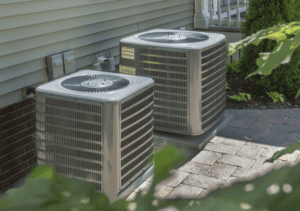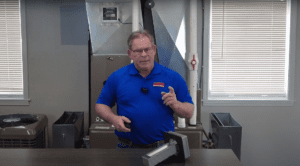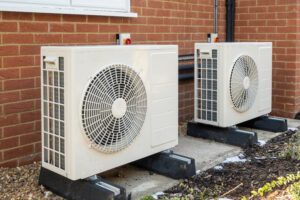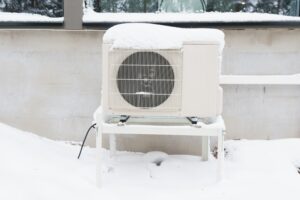A neglected water heater can cause many problems in your home. Proper care does not have to take a lot of time or money out of your wallet, and it can increase the life of your water heater and prevent emergencies from arising. Cates Heating and Cooling is here to tell you how you can take care of your water heater and keep it running for a long time.
1. Maintain Proper Clearance
Most hot water heaters require two feet of clearance around the entire unit. When you crowd the water heater, you risk damaging not only the water heater but also your other belongings. If you store other items nearby, try to keep a path to and from the water heater clear so that you have easy access to the unit in the event of an emergency, as well.
2. Drain the Tank
Every few months, take the time to drain about a quarter of the tank to help remove sediment and debris from inside. To do this, turn the gold water supply off, hook up a garden hose to the drain valve, and run water into a bucket until the water is clear. If the water stays cloudy, you might need to open the water supply valve to stir up any remaining sediment and drain the tank again.
3. Test the Temperature-Pressure Relief Valve
At least once per year, you should test the temperature-pressure relief valve. To test the valve, you need to discharge it two or three times quickly. After you test the valve, be on the lookout for any small leaks from the valve.
4. Check the Anode Rod
Every couple of years, you need to check the anode rod to ensure that it is in good condition. You should replace the rod if you ever notice that more than six inches of the core steel wire is exposed, it is less than a half-inch thick, or it is coated with calcium. Replacements are inexpensive, so if you aren’t sure, it is always best to install a new one.
5. Adjust the Temperature
There is a temperature control on every tank. In many cases, it is a dial. Set the dial to 120 degrees maximum. For every ten degrees you lower the temperature, you can expect to see a five percent energy savings. If you are away from your home for more than three days, you should turn the water heater off or put the thermostat down to its lowest setting.
6. Insulate Older Units
If you have an older water heater, you might need to insulate the tank to improve its efficiency. You can install a fiberglass jacket to do this but be careful that you avoid contact with the flue. You may also need to insulate the hot and cold-water pipes.
7. Schedule Professional Maintenance
While there are a lot of things you can do to keep your water heater in tip-top shape, professional maintenance is the best thing you can do to prevent future problems with your water heater. A professional plumber can make sure all parts are secure and working properly. We recommend having someone come out to examine your water heater at least once a year. If you live in an area with hard water, you might need someone to come out twice a year to make sure mineral build-up is not becoming an issue.
To learn more about different types of water heaters, check out our guide here.
To talk to a professional plumber about a water heater inspection, contact Cates today at 913-888-4470 (Kansas) or 816-944-1844 (Missouri). Our plumbers can quickly diagnose and solve a variety of water heater-related issues without the need for a second repair visit. However, if there is something wrong with the system, we can help you determine your best option.



















